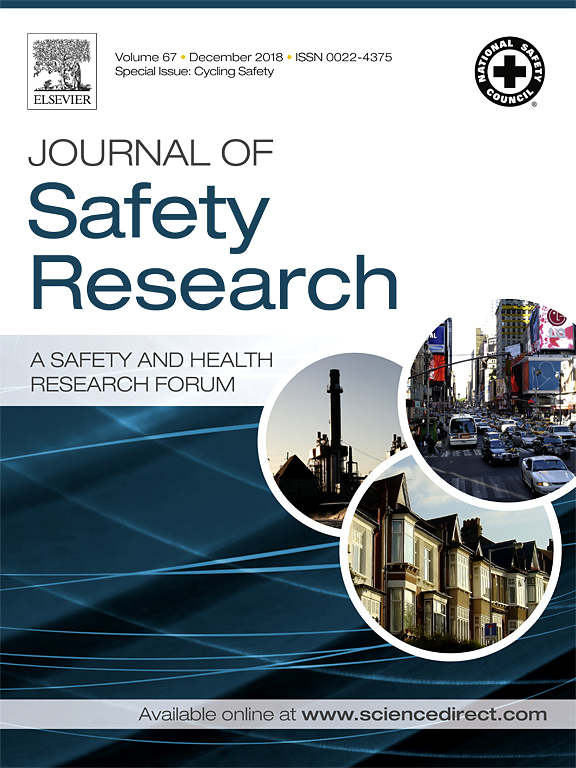
The objective of this research is to propose a simple and, at the same time, reliable multiple regime model framework for international road safety comparisons, allowing for the identification of slope changes of personal risk curves and respective breakpoints. The trends of road traffic fatalities in several EU countries have been examined through the temporal evolution of elementary socioeconomic indicators, namely motorized vehicle fleet and population, at the country level. Piece-wise linear regression models have been fitted, using a methodology that allows the simultaneous estimation of all slopes and breakpoints. The number and location of breakpoints, as well as the slope of the connecting trends, vary among countries, thus indicating different road safety evolution patterns. Lessons from the analysis of the past road safety patterns of developed countries provide some insight into the underlying process that relates motorization levels with personal risk and can prove to be beneficial for predicting the road safety evolution of developing countries that may have not yet reached the same breakpoints. Furthermore, the presented framework may serve as a basis to build more elaborate models, including more reliable exposure indicators (such as vehicle-km driven).
| ID | pj47 |
| Manuscript | |
| DOI | |
| Tags | accident analysis, international comparisons |













